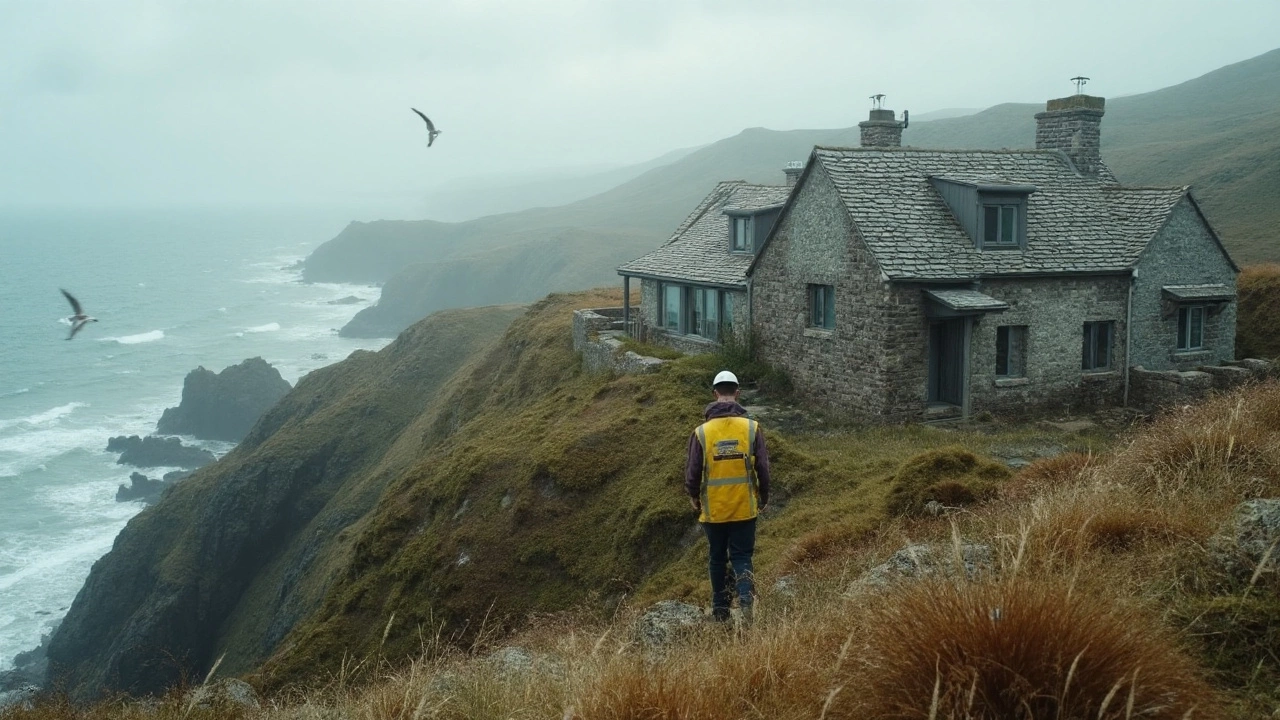Concrete vs Brick: Which Material Wins for Your Build?
When you start planning a new wall, floor, or driveway, the first big question is what to build it with. Concrete and brick are the two go‑to choices, but they aren’t interchangeable. Below we break down the real‑world differences so you can pick the right one without guessing.
Cost and Budget
Concrete usually costs less per square foot than brick because you buy cement, sand, and gravel in bulk and pour it on site. Brick pricing includes the brick itself, mortar, and the labor to lay each unit, which can add up fast. If you’re on a tight budget and need a large, flat surface like a driveway or foundation slab, concrete is often the cheaper route.
However, the initial cost isn’t the whole story. Brick walls tend to need fewer repairs over time, so the long‑term expense can be lower. Think of it like buying a cheap shirt that ripens quickly versus a pricier one that lasts years.
Strength, Durability, and Maintenance
Concrete scores high on compressive strength, making it perfect for foundations, columns, and heavy‑load floors. It’s also water‑tight when properly mixed and sealed, which helps prevent leaks in basements.
Brick, on the other hand, shines in tensile strength and fire resistance. A brick wall can take a beating from wind, impacts, and temperature changes without cracking as easily as concrete. Maintenance for brick is simple – a good pressure wash now and then keeps it looking fresh.
Both materials can crack, but the reasons differ. Concrete cracks when it shrinks while curing or when the ground shifts beneath it. Brick cracks usually mean a failing mortar joint or a structural shift. Fixing a concrete crack often means cutting and filling, while brick repairs involve repointing mortar or replacing a few units.
Installation and Skill Requirements
Pouring concrete needs a flat formwork, a mixer, and a crew that knows how to vibrate and finish the surface. If you mess up the mix ratio, the slab can be weak or uneven. Bricklaying is more labor‑intensive – each brick has to be set, leveled, and mortared by hand. You’ll need a skilled mason for a neat finish.
Because of the labor difference, brick projects often take longer. If you need something done fast, like a quick shed floor, concrete wins the race.
Environmental Impact
Concrete production releases a lot of CO₂, making it a heavier carbon footprint option. Some suppliers now offer low‑carbon cement mixes, but the impact is still notable.
Brick is made from clay that’s baked at high temperatures, which also emits CO₂, but bricks can be reclaimed and reused, reducing waste. If sustainability is a priority, ask your supplier about reclaimed brick or low‑emission concrete alternatives.
Aesthetic Flexibility
Brick gives you a classic look straight out of the factory – reds, browns, even engineered colors. You can also create patterns like herringbone or basket weave for visual interest.
Concrete can be stamped, stained, or colored to mimic stone, brick, or wood. The finish options are virtually endless, but they add cost and require extra skill.
Best Use Cases
Choose concrete for foundations, large slabs, driveways, and any area that must bear heavy loads. Pick brick for exterior walls, garden fences, and decorative features where fire resistance and aesthetics matter.
If you need a hybrid solution, consider a concrete block core with a brick veneer – you get strength plus a nice look.
Quick Decision Guide
• Budget tight? Go concrete.
• Want low‑maintenance and fire‑safe walls? Choose brick.
• Need fast installation? Concrete wins.
• Prefer classic look and easy repairs? Brick is your friend.
Whatever you decide, McNeil Plumbing & Construction Services can help you install the right material correctly. Our team knows how to handle both concrete pours and bricklaying, so you get a solid, lasting result every time.

